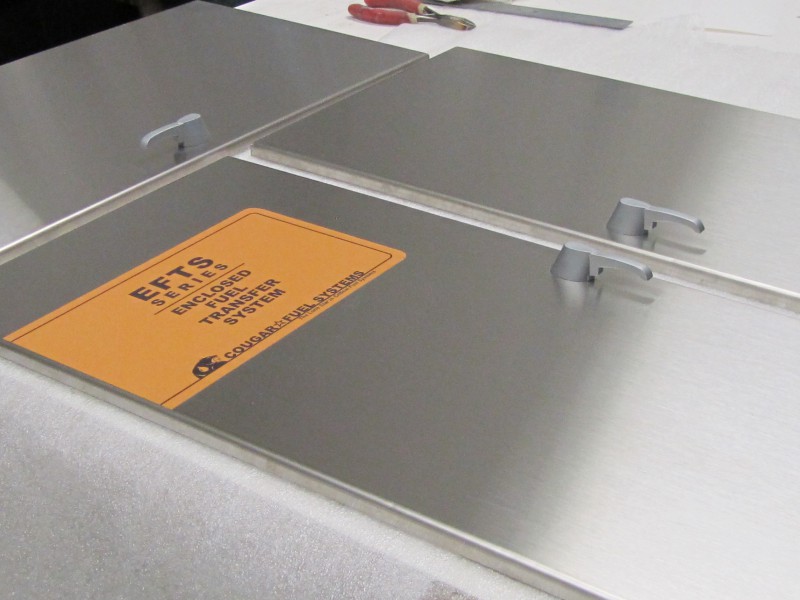Sometimes I like to highlight an example of what makes professional model makers such a versatile group of crafts people.
At KiwiMill, we don’t specialize in a particular type of scale model. Many of our models are found at trade shows – representing such a diverse range of products and industries that it would be nearly impossible to list them all. Our model makers build stunning architectural pieces for sales offices. Our shop produces museum dioramas, many of which are meticulously researched historical models. Product models are built, accurate enough to be used in print ads when the real product has yet to come off the production line. Our model makers craft medical models that are used for sales and educational purposes. We also have made our fair share of hands on training models which are known for their ability to withstand repeated demonstrations and handling.
There is a saying around the shop that there is no object that cannot be modeled, given enough information, time, financial resources and materials. And, no, our model makers don’t need to have experience making a particular object. Once you master the underlying principles of model making, the knowledge can be applied in any situation, with any object that needs to be replicated.
Being able to model any object known to man is an impressive display of versatility. But hanging around our model shop the past few days would have offered yet another example of the breadth of talent necessary to succeed as a custom model maker. Any guesses on what was being built?
Crates. Massive sized wood crates. I’ve mentioned it before that many of our larger models have custom-made crates built to transport them to customers and to trade shows. While smaller models are often nestled in Pelican cases that can be wheeled or carried on planes with ease, larger ones require crates. Occasionally we have larger metal and wood crates custom crafted for clients that still want the ease of a road case, but their model is too odd sized for off the shelf cases. Most times, though, an over-sized model requires a custom wood crate. Our model makers build these, and then “jig” the insides with foam inserts that house the model safely.
Take a look at the huge crate being built this week:











